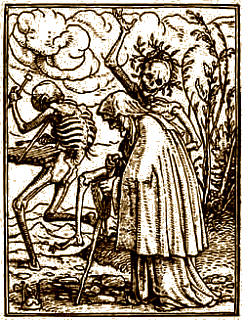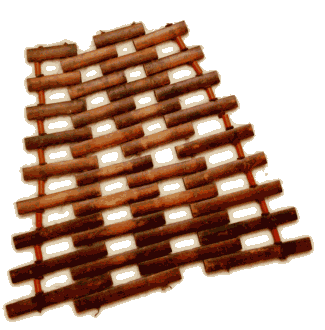
The
Xylophone was not unknown in the Middle Ages and the Renaissance period. It was not used however in court music.
Das Instrument did not have resonators below the plates as it is common today. The sound of the early Xylophone is rather dry and clacking compared to the modern Instrument. Because of the similarity to the sound of clacking bones it was considered spooky.
a couple of early xylophone depictions have survived as parts of the danse macabre. The image shows a woodcut from the danse macabre cycle that Hans Holbein created in the mid of the 16th century.

For the Banchetto Musicale recordings we have used a so called
Strohfidel. The arrangement of the plates might seem unfamiliar at first sight yet it shows the close relation that the instrument has to the hammered dulcimer. that is played with a similar hammering technique.
The name of the Instrument: Strohfidel which is Straw fiddle in english may seem odd. After all this is not a bowed string instrument.
Straw on the other hand was in fact used for the playing of the instrument. Tiny bundles of the material served as support for the plates.


